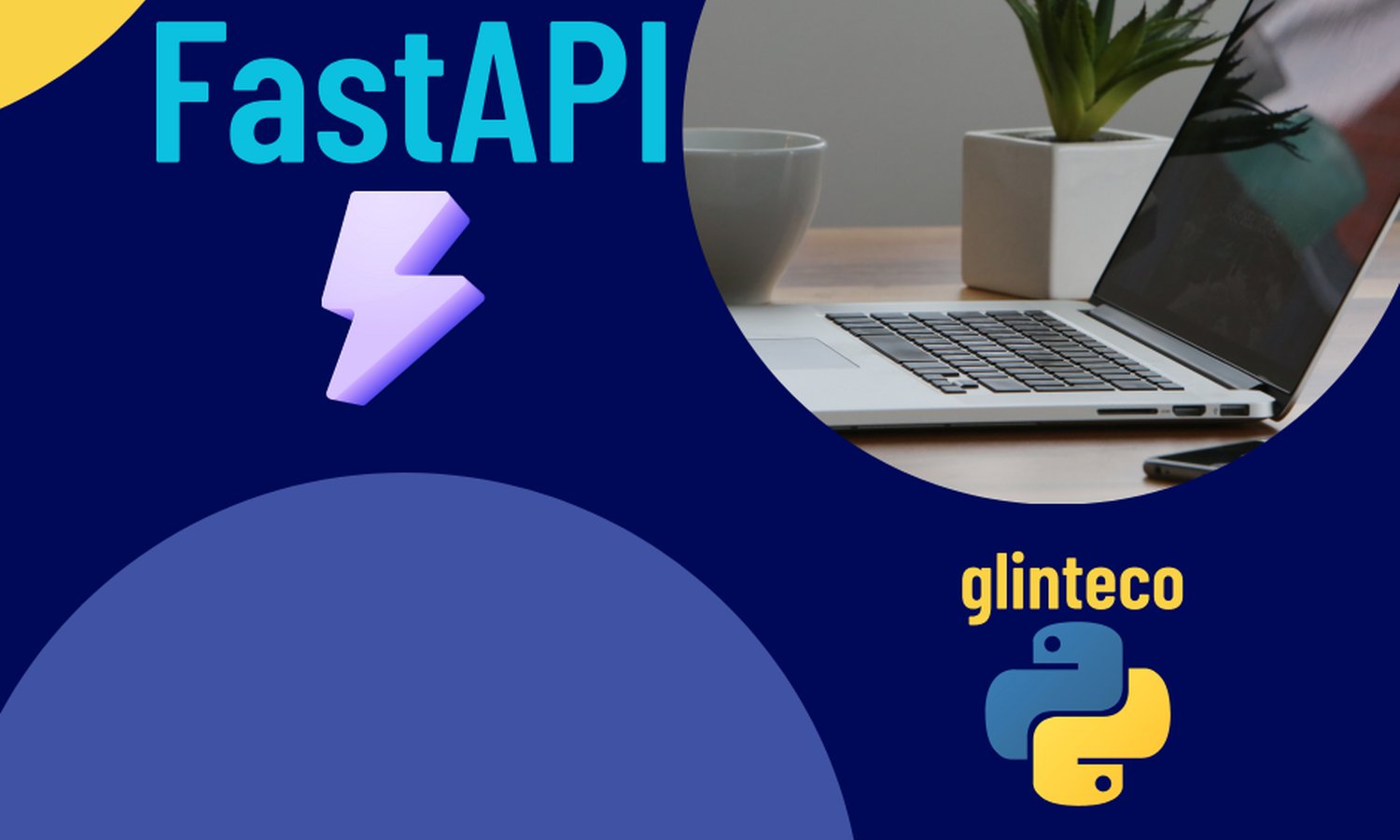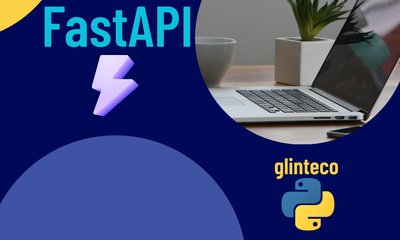By JoeVu, at: 10:55 Ngày 25 tháng 4 năm 2024
Thời gian đọc ước tính: __READING_TIME__ phút


By JoeVu, at: 10:55 Ngày 25 tháng 4 năm 2024
Thời gian đọc ước tính: __READING_TIME__ phút


Tháng 5 04, 2023
Đọc thêm